2021 commenced with considerable optimism.
If you have any ideas or suggestions for events, activities and possible publications, please contact us.
St John’s Cemetery Walk: Sunday 28th November
ADHS Committee members, Ann O’Connell, David Morgan and Lois Gray
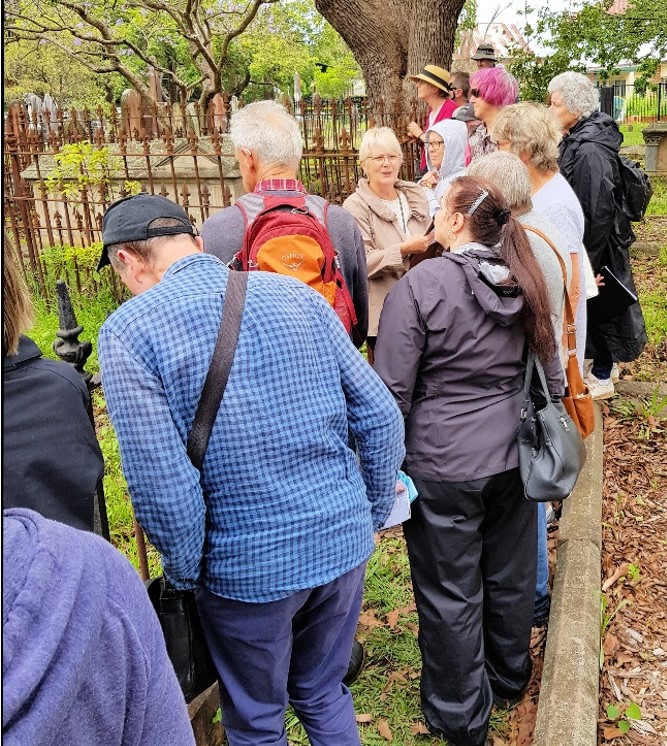
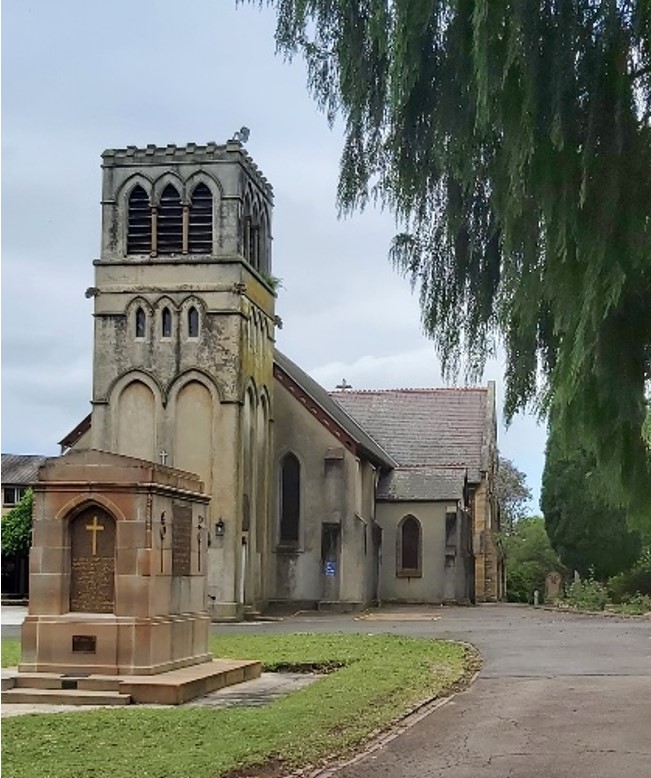
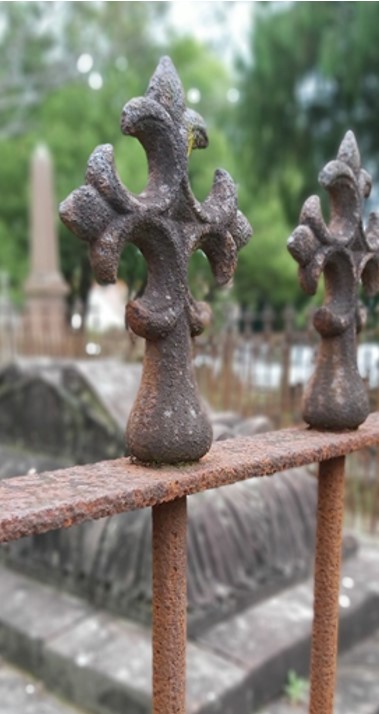
On Sunday 28 November our Society finally managed to organise a gathering of members at an event which actually went ahead!
ADHS Committee members, Ann O’Connell, David Morgan and Lois Gray provided information about around 45 selected graves giving details of the lives of those interred there and pointing out the symbolism used in some of the monuments.
Although the weather had been inclement for days, it remained dry and the maximum number of members met at St John’s Church of England cemetery for a guided walk.
St John’s is a remarkable place which is steeped in history with the first person said to be buried there in 1845, being Frederick, the eleven-month-old grandson of Joseph and Elizabeth Underwood.
It is a beautiful and peaceful place and one of historical significance.
A great many interesting people from the early days of Ashfield and surrounding suburbs are buried at St John’s some of them being publicans, aldermen, members of Parliament, landowners, butchers, industry leaders, gold miners, doctors, religious leaders, consuls, solicitors, public servants, soldiers, and so on.
Sadly, there are a large number of babies and children; and there are convicts and of course John Limebourner, our ‘First Fleeter’!
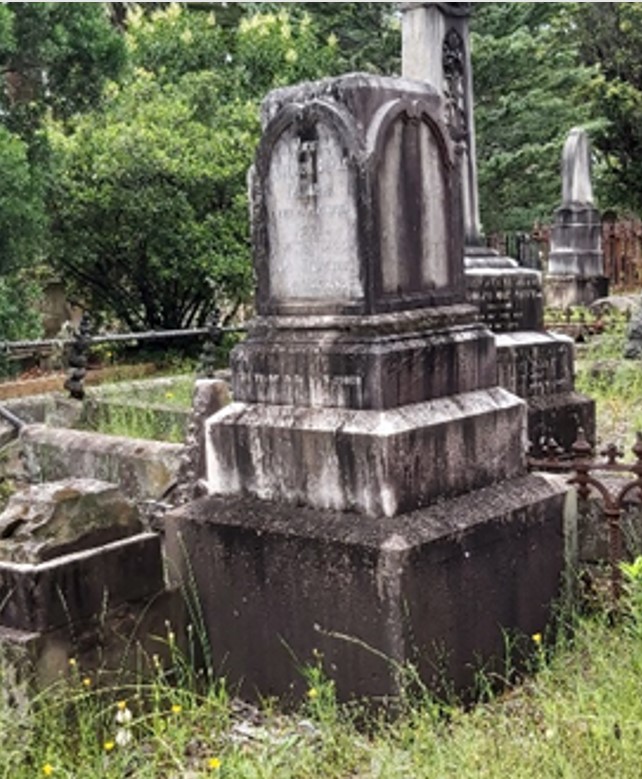
Those who attended were impressed at hearing the many stories of ‘lifetimes past’ and said they’d certainly attend another cemetery walk to learn more.
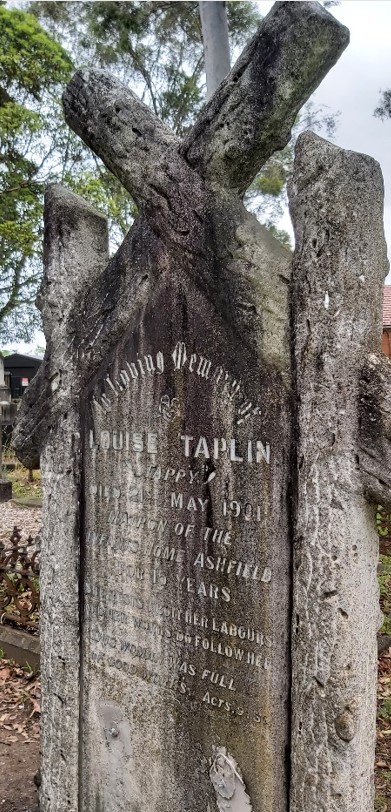
Afterwards, participants enjoyed afternoon tea in the cemetery grounds and celebrated a wonderful afternoon and the beginning of the Christmas season.
Thank you to our ‘guides’ and Jan, Paul, Lois, Ann, Rachel and Bernadette who generously provided the delicious afternoon tea.
Italianate Style
Presentation by Mark Sabolch held Saturday 30 October 2021
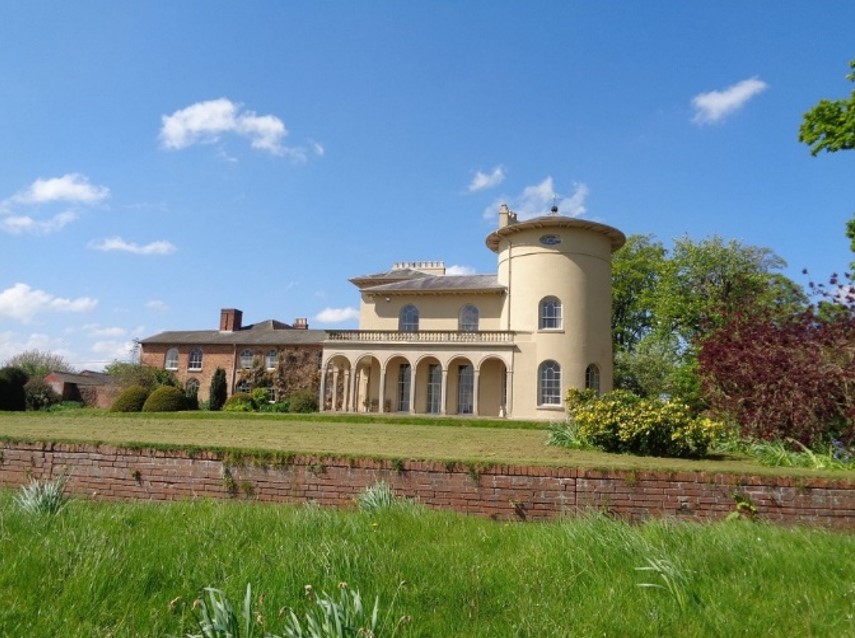
Mark Sabolch, President of ADHS, delivered an engaging talk via Zoom on the origins of the Italianate style, focusing on how the Italianate arrived in the Inner West. The session was hosted by the Marrickville Heritage Society, but in the spirit of sharing, it was open to ADHS members.
The agenda presented was:
- What is the Italianate?
- How did it originate?
- Early Italianate in Australia
- Italianate detailing in Sydney’s Inner West.
The story began with a tour of the River Wye in South Wales by Rev William Gilpin in 1770.
Gilpin was a schoolteacher, educated at Oxford, but also a painter and traveller. Gilpin formulated ideas about what are the constituents of a “picturesque” scene and published them in a book along with his own pictures. This book became very influential, as it started nature tourism as a pastime and as an industry. The Welsh government continues to promote the Wye River for tourism today.
The chief legacy of Gilpin’s work was the notion that buildings can be composed as an integral part of the landscape.
Three other important publications followed in 1794 by Sir Uvedale Price, Richard Payne Knight and Humphrey Repton, all progressing their theories and definitions of the picturesque, and how it is distinct from “beauty”.
This was manifested in Sir Uvedale Price’s villa on the Welsh coast, where he asked the architect (John Nash) to create a building that emphasised the view of the coast and the headland in 1802.
The first Italianate building was at Cronkhill, when the architect John Nash worked in partnership with the landscape designer Humphrey Repton.
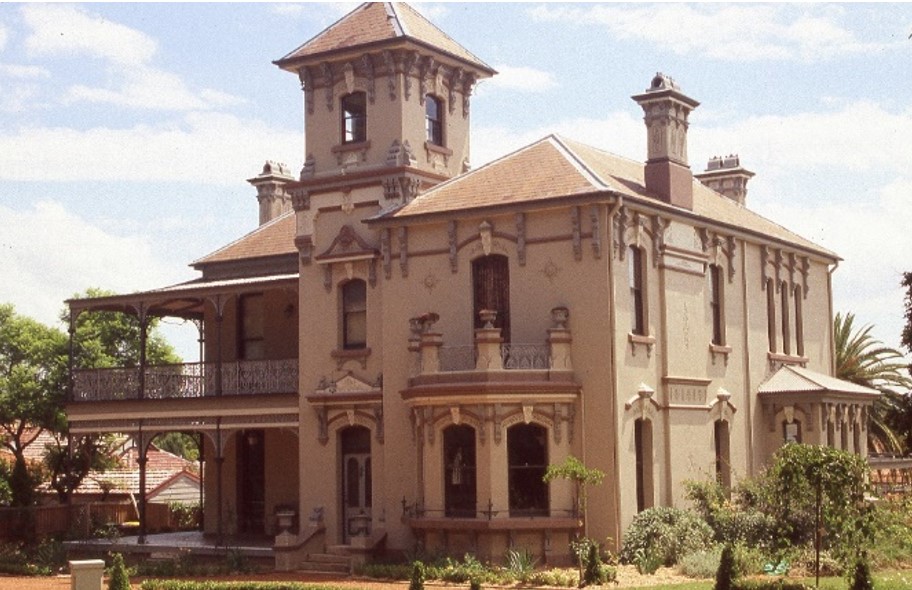
Real legitimacy for the Italianate style occurred in 1846 where Queen Victoria arranged her own holiday house on the Isle of Wight to be built in this style.
In Australia, the first Italianate dwellings were not in Sydney, but Tasmania. The first fully formed Italianate house was Rosedale at Campbell Town by ex-convict architect James Blackburne, finished in 1848.
But the grandest early Italianate dwelling was built by the Victorian Government to house the Governor of that state, completed in 1876. This building really set the tone for the establishment of the Italianate style in Australia.
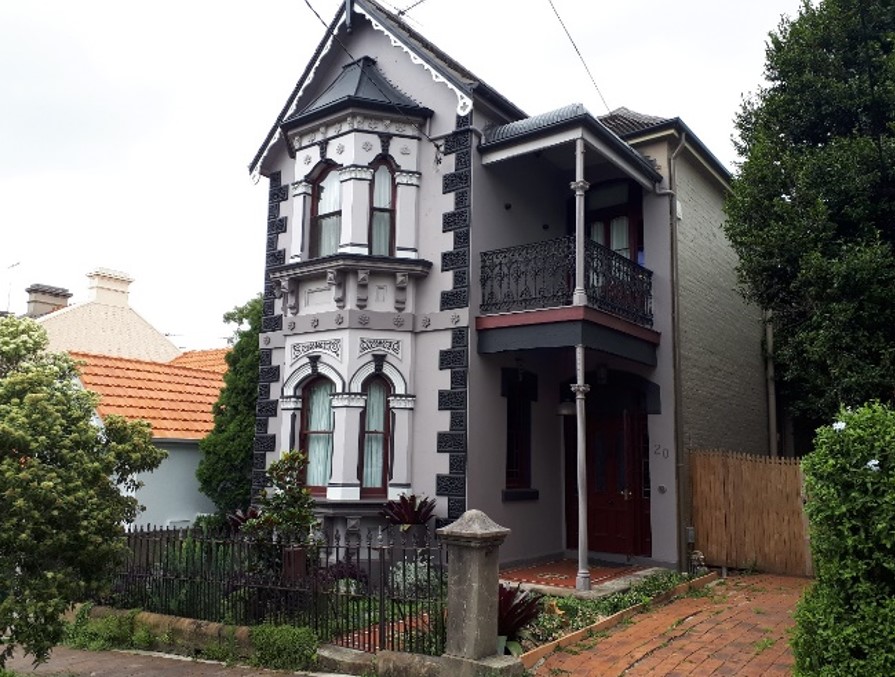
Images: Mark Sabolch
When the Inner West developed as commuter suburbs, with the building boom of the 1880s, the Italianate style was well and truly entrenched. And what is clear is the enormous range of stylistic detailing that the Italianate allows. It is highly versatile and adaptable.
It is hoped that through forums like this, owners of Italianate dwellings and all who enjoy our inner west streetscapes appreciate the heritage of the style and its detailing.
The OTHER Pandemic: the Spanish Flu In the Inner West 1919
Patricia Skehan
Date: 20th June2021
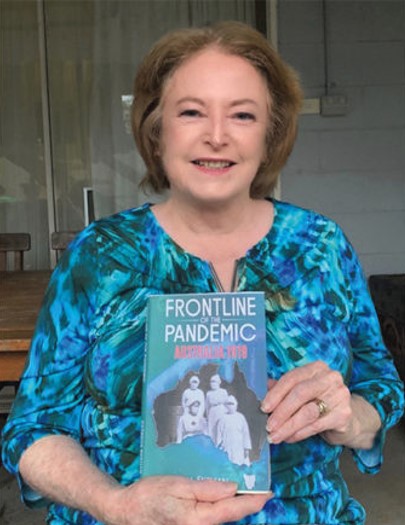
This meeting was well attended by a diverse group ‘Spanish flu’ or pneumonic influenza was contagious, with a high fatality rate. It first hit troops in France and Belgium at the end of the Great War and entered Sydney on a troopship from New Zealand.
Managing Local Heritage – Applying the Burra Charter’ An activity of the Ashfield & District Historical Society in association with the Australian Heritage Festival
Date: 16th May 2021
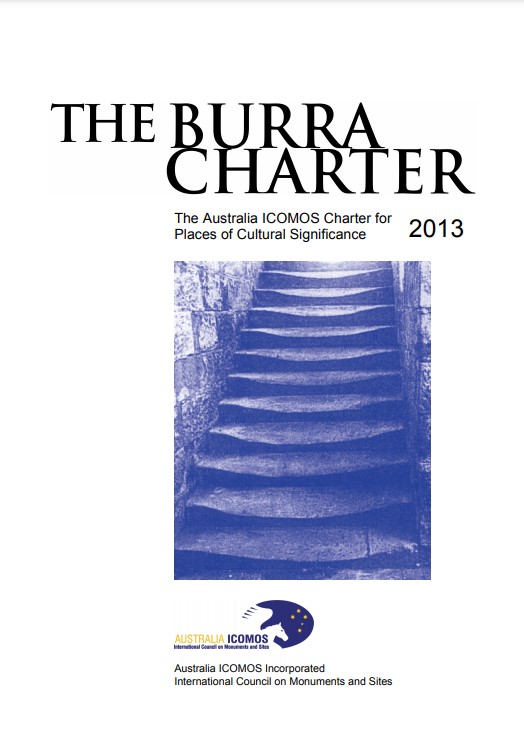
This meeting was well attended by a diverse group of interested community members interested in learning more about the Burra Charter.
Victoria Street Walk: Part 1, as Part of the Australian Heritage Festival.
Date: 18th April 2021
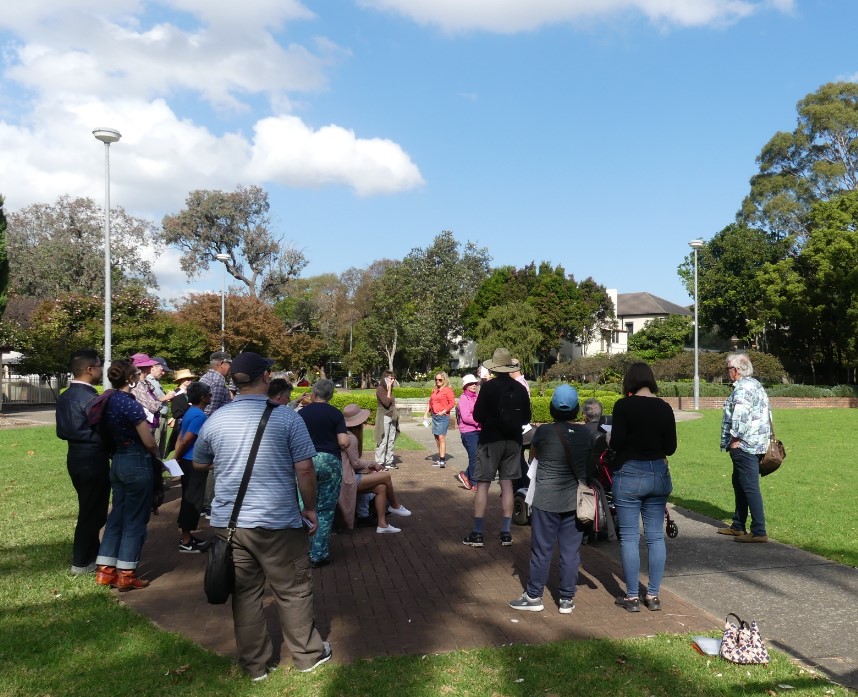
We had a bumper croud of interested locals for this walk that commenced opposite the firestation in Victoria Street.
Frederick Clissold–Was he Ashfield’s Richest Man in the Nineteenth Century? A Presentation by Chris Pratten.
Date: 21st March 2021
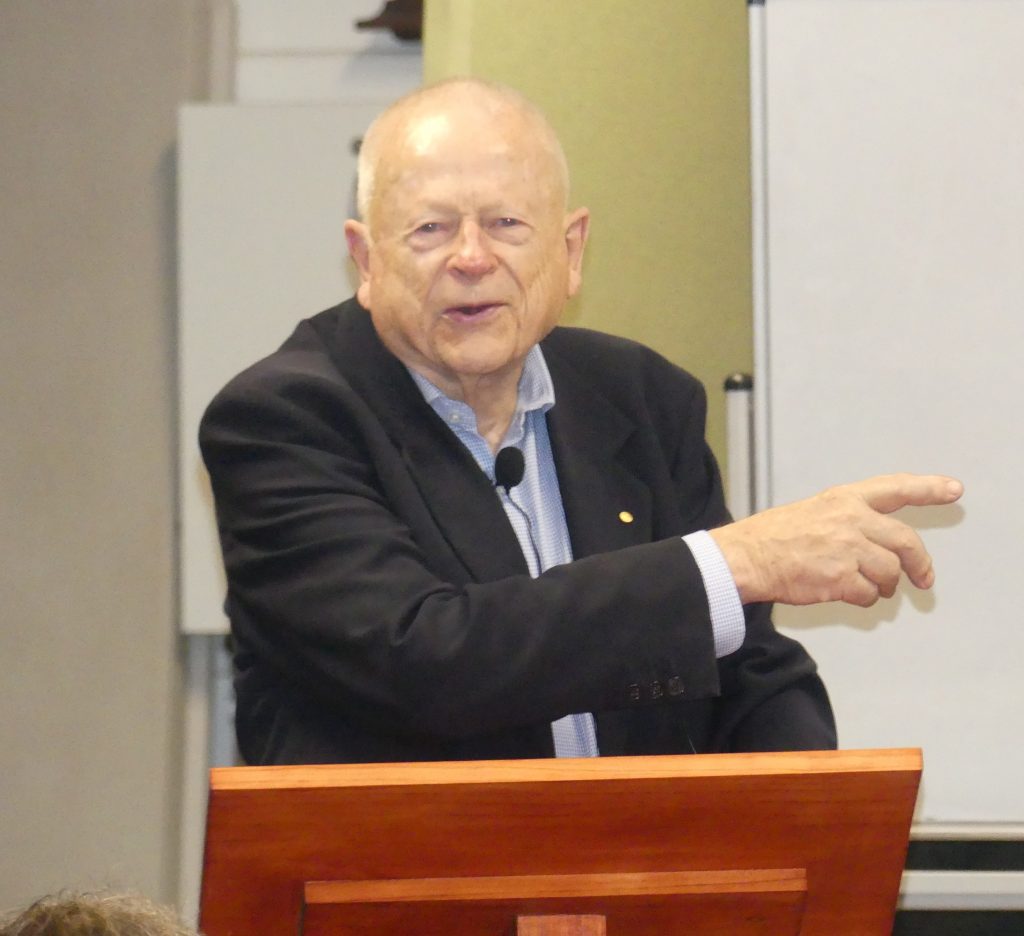
Members and friends packed into Pratten Park Bowling Club on a wet Sunday afternoon, eager to hear Chris Pratten answer this question in his inimitable style.
Venue: Pratten Park Community, Sports & Bowling Club
Annual General Meeting of the Ashfield & District Historical Society &
Date: 21st February 2021
Venue: Pratten Park Community, Sports & Bowling Club

This was the Annual General Meeting of the Society. Reports were presented and the Committee elected
A Talk by David Morgan on ‘Augustus Alt, Baron, Soldier, Engineer, Mercenary: the life of Augustus Alt, First Surveyor-General of New South Wales.
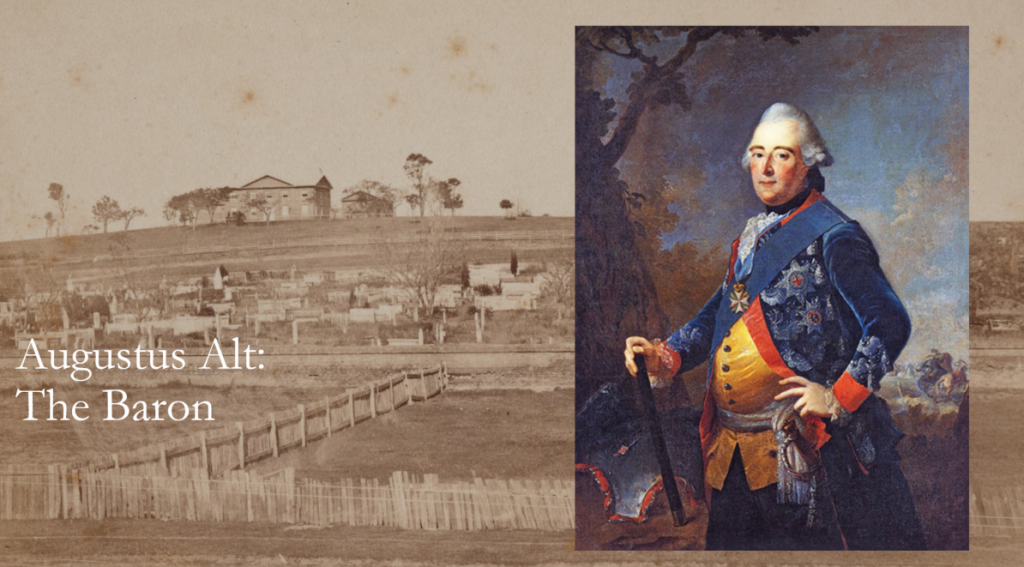
ADHS Committee member and consulting history researcher David Morgan then gave a most illuminating and enjoyable talk on Augustus Alt (‘Baron’, soldier, engineer and mercenary as well as the first Surveyor General in NSW) who was an early European landholder in the Ashfield area.

